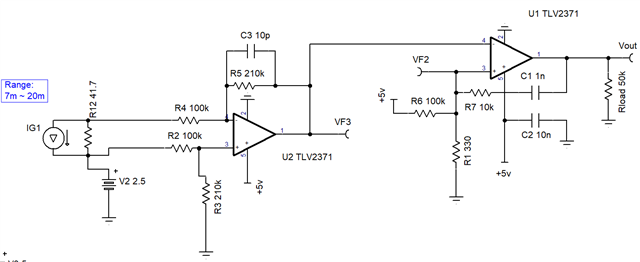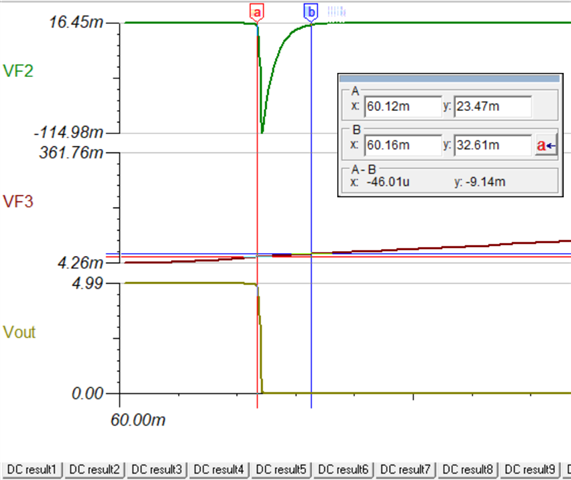Other Parts Discussed in Thread: OPA381, OPA348, TLV4376, OPA380, TLV3201
Current_zero_crossing - autosave 22-12-06 18_59.TSC Diff_amp.TSC
The Aim of the activity is to Add zero crossing detection to the current circuit. The Circuit shown in above figure shows output of a CT connected to Amp for current measurement. The output of which is fed to controller. This circuit is already present in the current version of the board. Nevertheless, the activity is to detect zero crossing from the Output (Vout signal)
1. How do i imitate the above circuit (figure) in tina? Have i done it correctly as shown in Diff_amp simulation file? The output seems to be 180 degrees phase shifted? is it correctly imitated?
2. The output (Vout) should go to Zero-crossing input, and it should detect zero-crossing of signal. can you help with a circuit diagram.
3. I have attached simulation file (Current_zero_crossing) which i was trying for zero-crossing detection.
Please guide.




